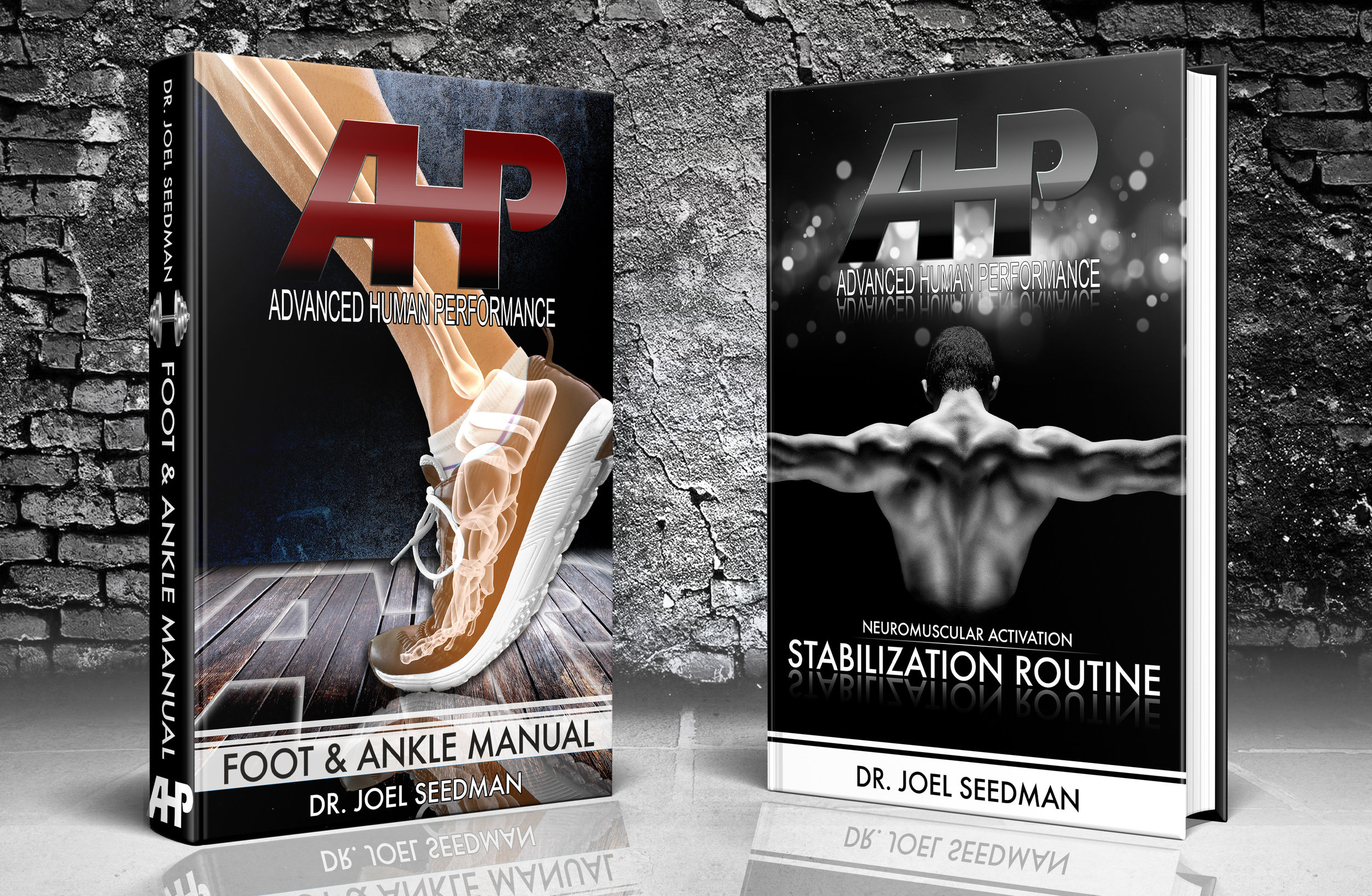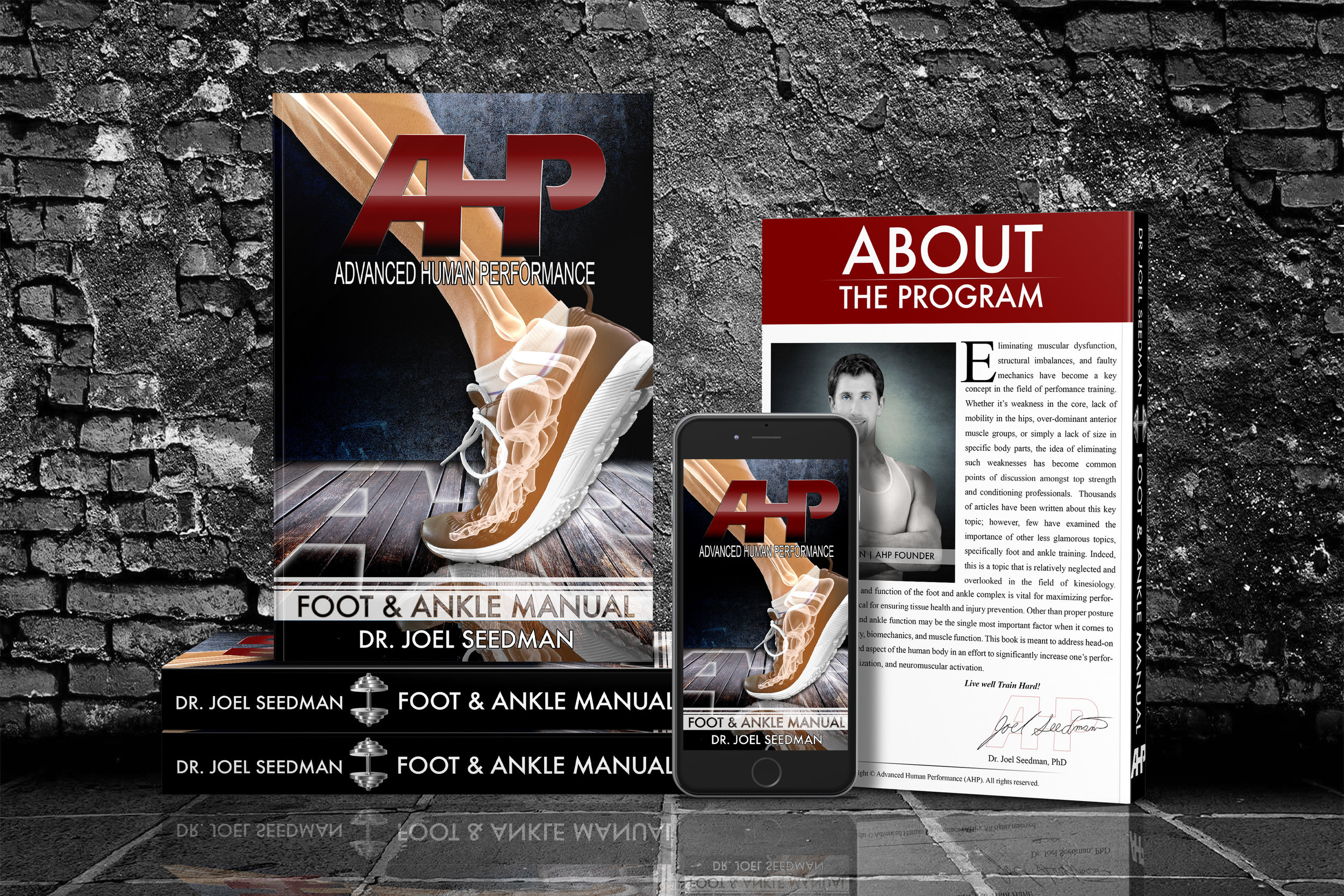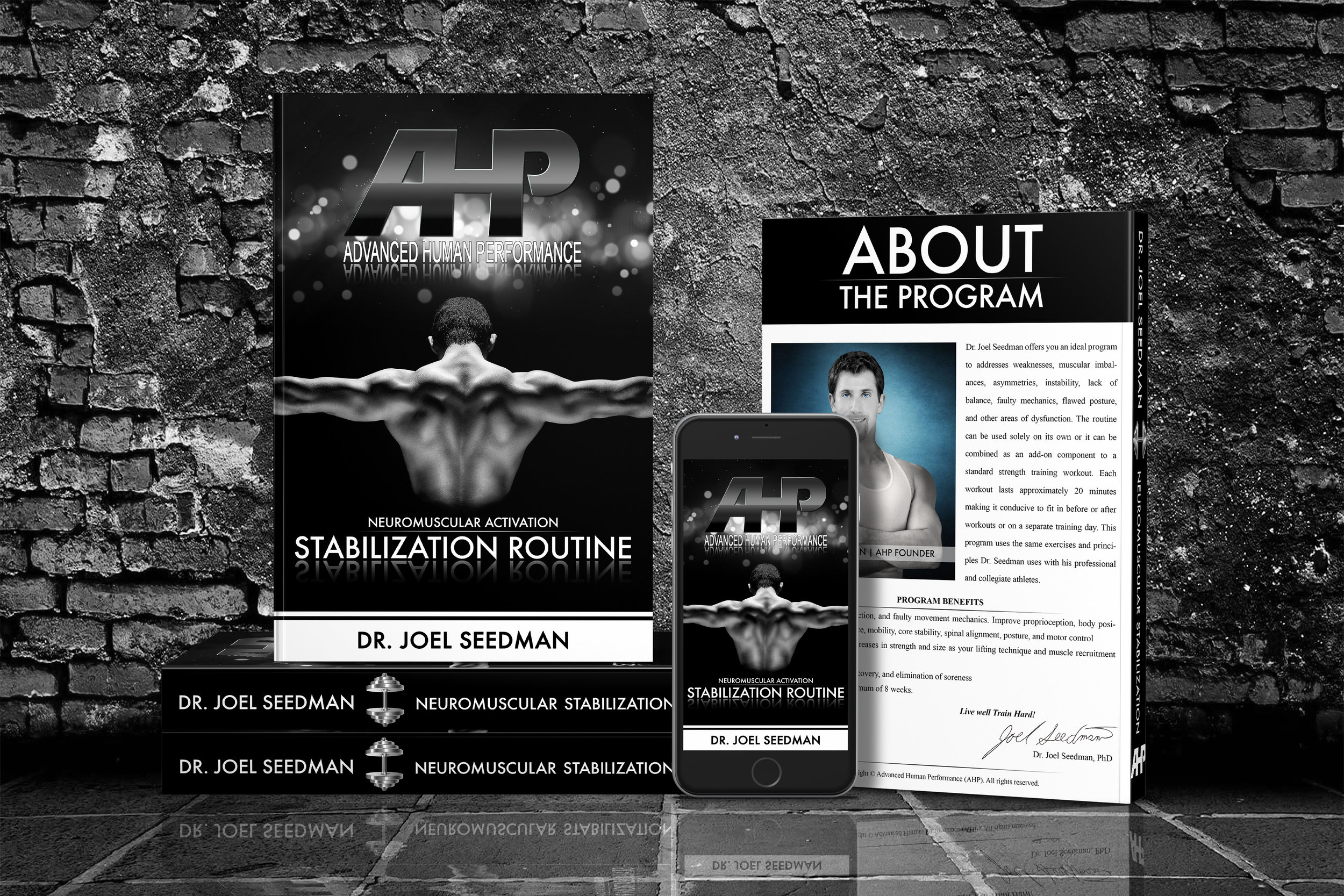
Stop Aging Your Spine with Deadlifts & Glute Bridges
Dr. Joel Seedman, Ph.D.
Over the last decade the fitness industry has developed an obsession with the elimination of any and all traces of back extension even if that means the abandonment of natural lordotic curvature or optimal spinal alignment. As a result many coaches and trainers are erroneously over cuing posterior pelvic tilt with excessive shortening in the glutes especially during hip extension (i.e. the glute squeeze craze). Unfortunately this has led to a very common yet highly problematic form of dysfunctional movement and postural aberration at the top extended position of the hinge or deadlift movement (as well as glute bridges and hip thrusters) where the individual loses all traces of postural neutrality and spinal rigidity.
Essentially these individuals produce kyphotic posture, shoulder rounding, forward head tilt, and significant spinal flexion, at the top of hinge and deadlift movements or in the contracted position of a glute bridge. Although this is frequently performed with the goal of producing as much tension in the glutes as possible (which in fact it does not accomplish), such a dysfunctional position is highly undesirable and quite detrimental as this represents the same general postural alignment witnessed on elderly individuals.
Ironically the hip hinge is one of the most beneficial movements there is for improving spinal mechanics and postural alignment contingent on it being performed correctly. Unfortunately when faulty postural alignment is assumed such as that described above, not only does the lifter lose many of the aforementioned benefits (in terms of posterior chain activation) but the movement actually degrades and ages the spine rather than helping it.
Simply put, if you want to age your spine and lose all elements of structural rigidity in the vertebral column, then keep moving into excessive kyphosis and spinal flexion when performing hip extension. If the goal is healthy spinal mechanics, functional movement patterns, smooth coordinated muscular contractions, and maximal stimulation to the targeted musculature, then focus on keeping the spine tall and neutral during all phases of the movement including hip extension. Again this is true of deadlifts, hinges, squats, lunges, hip thrusters, and glute bridges.
One of the most effective training methods I’ve found for helping to reinforce this issue is the horizontal band resisted deadlift and RDL movement. That’s because the band tension forces the lifter to maintain proper spinal positioning throughout the duration of the set including the top extension position.
If the lifter does sacrifice spinal alignment and produce excessive posterior pelvic tilt or kyphotic posture, they’ll likely lose balance and be pulled forward by the band tension.
























































































